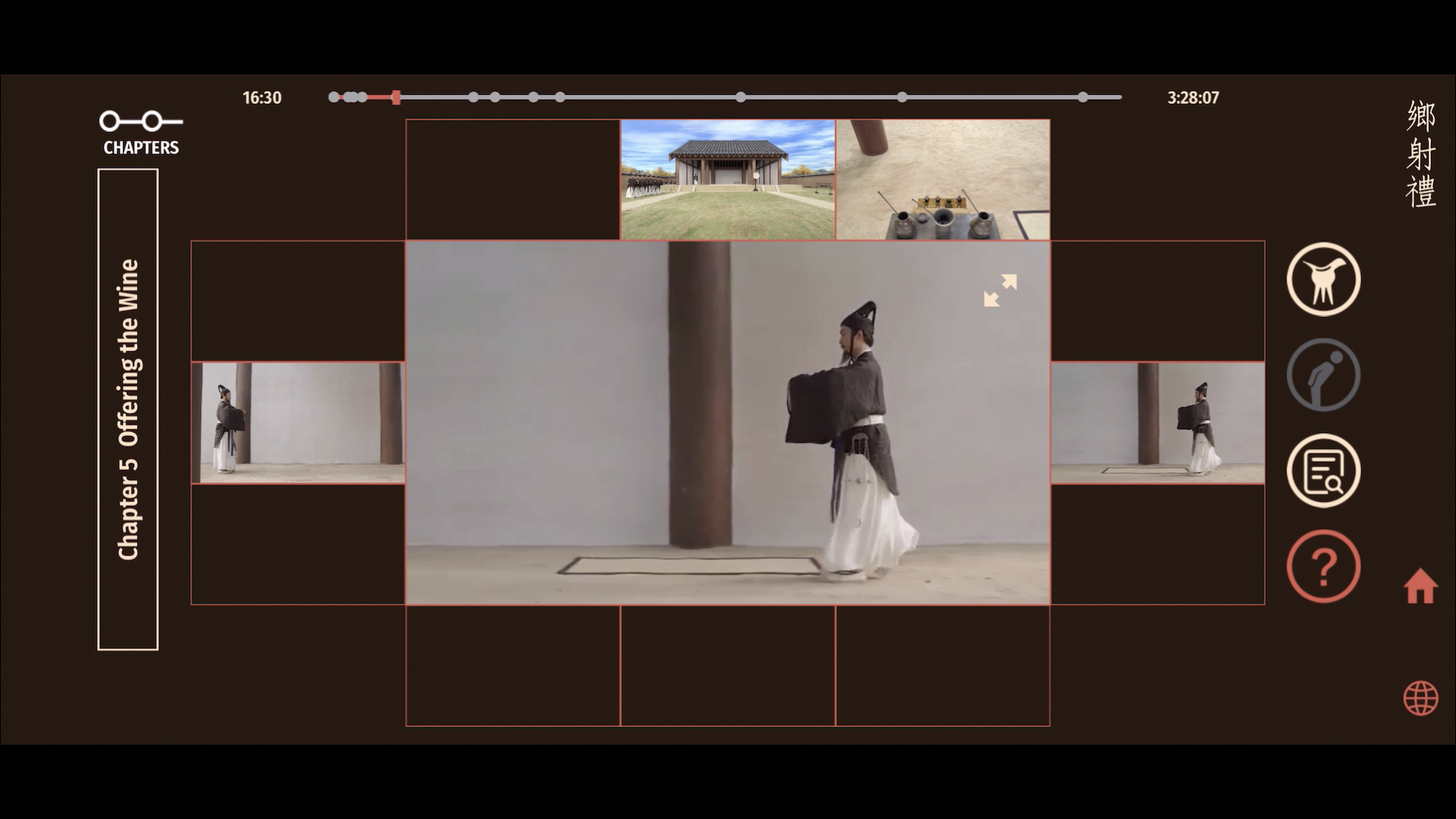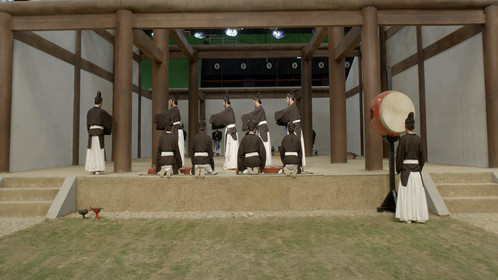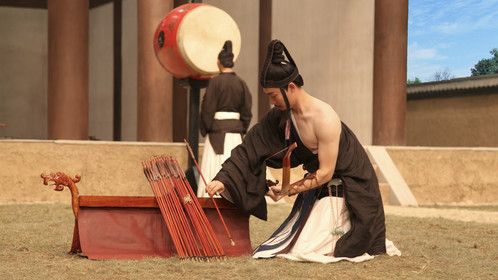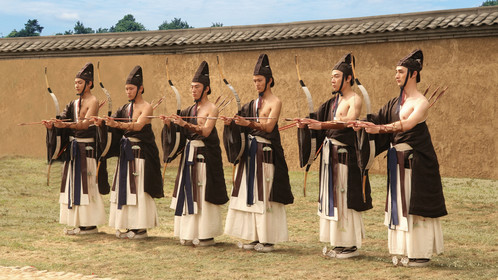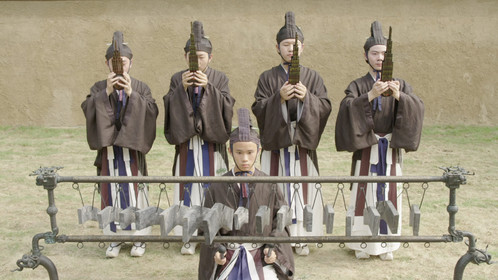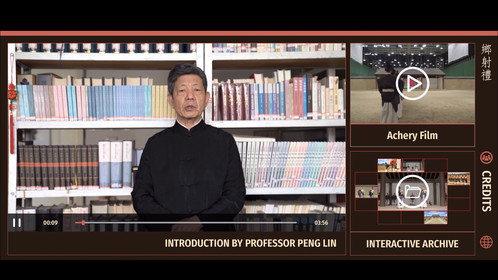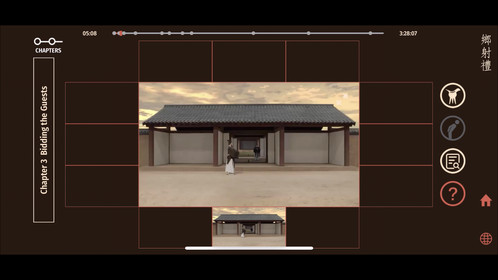Confucian thought focuses on the cultivation of virtue and maintenance of ethics. Its basic ethical concepts and practices include Lǐ (禮/礼), a system of ritual norms and propriety that determines how a person should properly act in everyday life.
The Book of Rites (Liji), the Rites of Zhou (Zhouli) and the Book of Etiquette and Rites(Yili) guided traditional Confucian understandings of propriety and behaviour, and lie at the core of the traditional Confucian canon.The Book of Etiquette concerns Zhou dynasty social behaviour and ceremonial ritual as it was practiced and understood during the Spring and Autumn period (approximately 771 to 476 BC).
Remaking the Confucian Rites is a collaborative project between:
- Tsing Hua University Beijing – Professor Peng, Head of Department of Ritual Studies
- Moonchu Foundation Hong Kong – Johnson Chang, founder of Hanart Gallery
- City University of Hong Kong – Prof. Jeffrey Shaw and Prof. Sarah Kenderdine
This project introduces a new conceptual framework for unwrapping ideas surrounding that area of experience and knowledge that in modern times has been framed mainly in the familiar Western terms of ‘art’ and ‘aesthetics’. Key reasons for positioning Chinese rites studies in the art context include:
- to highlight our understanding of li studies as a system of awareness and ‘practice’;
- to reflect the rapid changes that have taken place in Chinese people’s sensibilities in terms of their physical body and livingness in the course of modernisation
- to highlight the potential of art to act as a harmonising force in attuning these new sensibilities to society – a key mission of art in the context of social relations.
The project addresses the following interrelated issues:
- The ‘archaeology of the modern’. A crucial question about Chinese modernity is: How was the ‘Chinese modern body’ constructed? What process did it take? To become modern requires a radically alternative regime of the body, and within this regime is embedded the ideology of the Chinese ‘modern’.
- How does social order manifest itself in the social- body? Asking in reverse: how does a Self come into its own through claiming a social-body as its own? What technique/skill must the Self acquire to negotiate with society, and maintain a distance with the State at the same time?
- Within a State system, how might a social-body such as ‘li’ be deployed for some form of tribal self- determination? (i.e. as resistance and creativity?) How might a technique based on the Self become a national/international language of the social-body?
In Remaking the Confucian Rites, the use of interactive and immersive media aims to enable the invocation of varying degrees of somatic engagement and the provision of the circumstances required for embodied cognition. It is a cross platform approach that includes:
- single screen documentary
- multi-screen installation
- on-line archival database (for academic reference)
- on-line ‘instructional’ database (for popular reference)
- immersive interactive applications for 360-degree projection environments, head mounted displays, tablets and smart phones
The conceptual and technical approach to the filming was predicated by a number of considerations. It set out to create:
- a total documentation of every relevant scene and event for archival purposes
- video materials that could be coherently edited into linear narratives of various lengths for various groups of viewers ranging from academics to the art community to the general public.
- a database of immersive recordings that could then be experienced by a user in an interactive virtual world, providing an embodied experience of being present inside the performance environment, and enabling that person to navigate this environment and literally enter the unfolding performances of the Archery Ceremony
EXHIBITION RECORD
2020/09/10 - Ongoing : iOS Apps, Apple App Store (https://apps.apple.com/us/app/zhou-dynasty-rite-of-archery/id1527969843)
